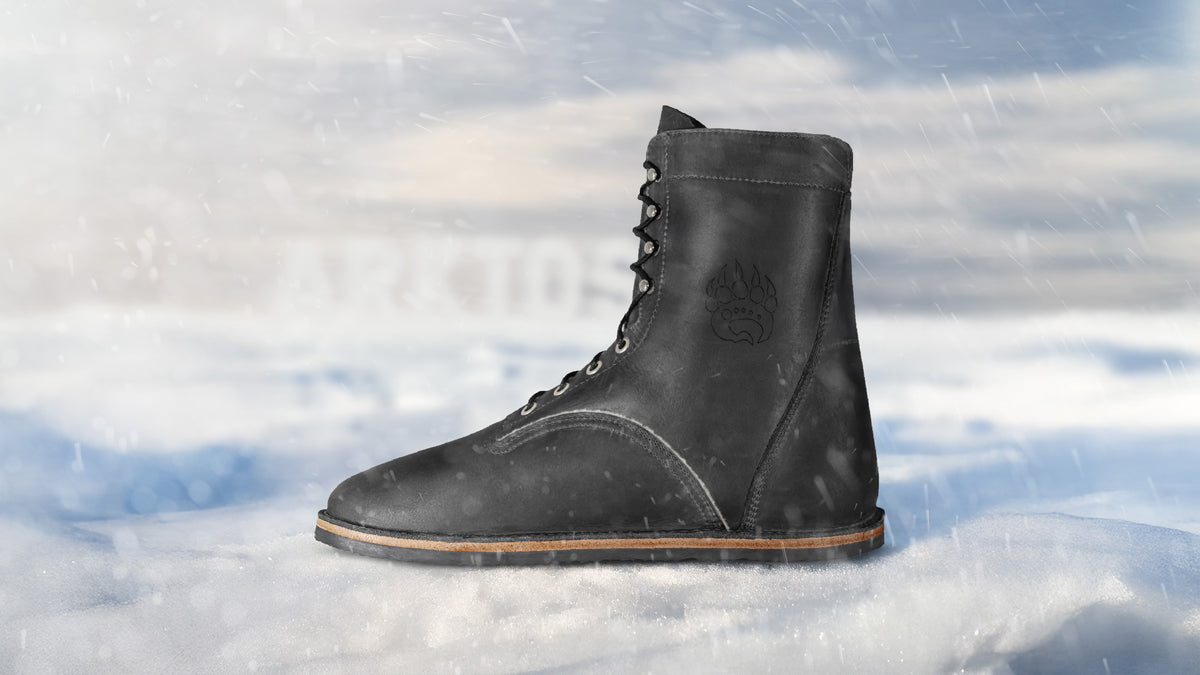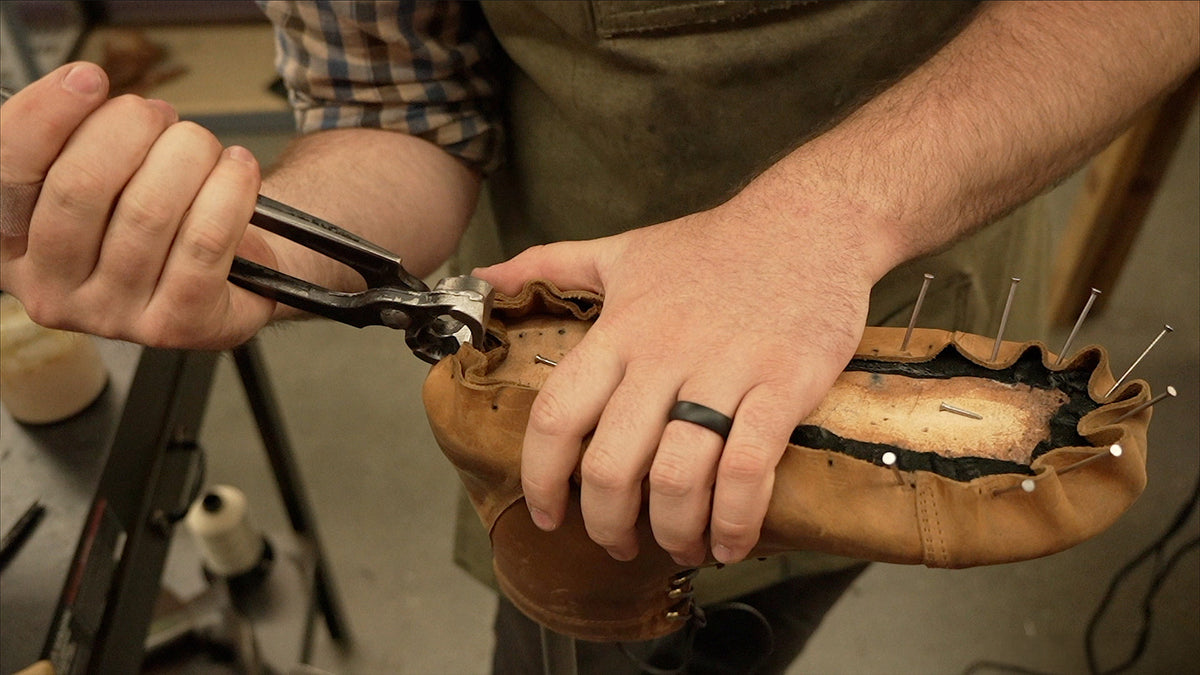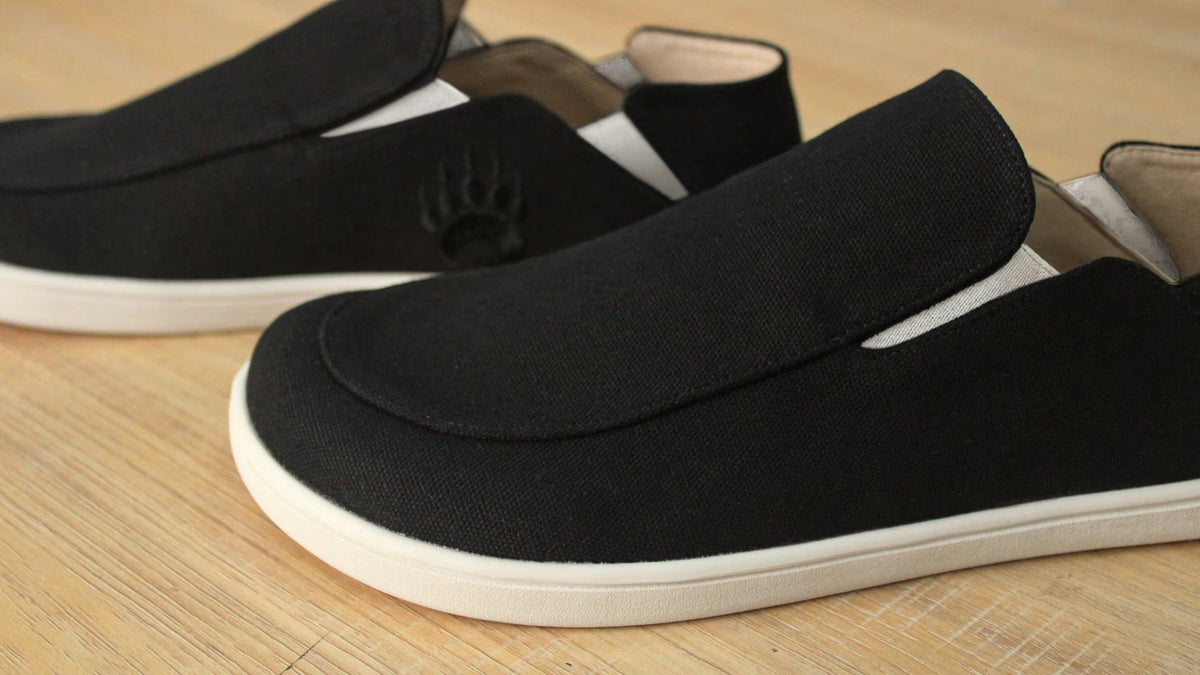Why Elite Athletes Are Switching to Barefoot Shoes for Strength Training
Walk into any serious gym in 2025, and you’ll notice something different. Elite athletes, powerlifters, and fitness enthusiasts are ditching bulky trainers for something that looks deceptively simple: barefoot shoes.
This isn’t a passing fad—it’s a return to natural biomechanics backed by growing scientific evidence and confirmed by thousands of lifters who’ve made the switch.
The Science Behind Barefoot Strength Training
When you lift weights in traditional athletic shoes, you’re essentially standing on a compressible platform. The same cushioning that feels great on a run can dampen stability and power transfer under a heavy barbell.
Barefoot shoes eliminate that barrier, providing a flat, stable foundation that allows your body to generate force more efficiently from the ground up.
Enhanced Stability and Power Transfer
Every pound you lift travels through your feet to the floor. Soft midsoles absorb part of that force, reducing your mechanical efficiency. Barefoot shoes remove that “sponge” effect, giving you a direct, stable connection to the ground—a crucial factor for squats, deadlifts, and Olympic lifts.
While specific studies on barefoot shoes and maximal lifting performance are limited, research on minimalist footwear shows clear improvements in stability and balance compared to conventional shoes. A 2020 study in Scientific Reports found that people wearing minimal shoes displayed better stability and mobility than when wearing traditional footwear (Cudejko et al., 2020).
That stability translates directly into performance confidence in the gym—even if it hasn’t yet been quantified in barbell-specific studies.
Improved Proprioception and Balance
Your feet contain over 7,000 nerve endings, constantly sending feedback to your brain about pressure, position, and balance. Traditional shoes mute this feedback; barefoot shoes enhance it.
A 2024 experiment showed that walking in ultra-minimalist shoes for only a few minutes improved somatosensory input and postural stability compared to conventional shoes (Biscarini et al., 2024). That sensory advantage helps lifters maintain better balance and alignment—especially during complex or unilateral movements.
Natural Foot Function and Strength
Decades of supportive footwear can make the feet passive. Minimalist shoes, on the other hand, activate intrinsic foot muscles responsible for arch stability and balance.
A Scientific Reports study found that six months of daily activity in minimal footwear increased foot flexor strength by 57% on average (Curtis et al., 2021).
A 2022 systematic review confirmed that minimal shoe use increases intrinsic foot muscle strength by 9–57% and size by 7–10% (Ridge et al., 2022, Thieme Connect).
Stronger feet mean a more stable foundation—exactly what serious lifters need for long-term performance and injury prevention.
The Bearfoot Advantage for Serious Lifters
Not all barefoot shoes are made for the demands of heavy training. Bearfoot builds footwear specifically for strength athletes, coaches, and functional trainers who need durability and biomechanical precision.
Zero-Drop Platform
A flat, zero-drop base aligns your posture naturally—keeping hips, knees, and ankles in optimal alignment throughout the lift.
Wide Toe Box
Letting your toes spread increases surface area and enhances stability, as documented in multiple foot-mechanics studies on balance and posture (Cudejko et al., 2020).
Durable, Functional Construction
Heavy training destroys cheap shoes. Bearfoot’s handmade construction and reinforced materials are designed to handle years of lifting, not just months.
Specific Benefits Across Training Styles
Powerlifting & Compound Movements
Barefoot shoes give you a grounded, uncompromised platform for heavy squats, deadlifts, and presses—improving your connection to the bar and floor.
Olympic Lifting
For learning and accessory work, the enhanced proprioception of barefoot shoes improves movement awareness and timing, building efficient patterns before progressing to specialty lifting shoes.
Functional Fitness / Cross-Training
Barefoot shoes excel in mixed-movement environments—from sled pushes and box jumps to kettlebell swings—offering traction and flexibility without sacrificing durability.
Real-World Performance Feedback
Athletes consistently report:
-
Greater squat depth and stability
-
Stronger deadlift connection to the ground
-
Improved balance during single-leg work
-
Less foot and ankle fatigue over long sessions
-
Better overall movement control
These experiences align with the current evidence base: stronger feet, better stability, and improved proprioception are legitimate performance assets.
Making the Transition
If you’ve trained in cushioned shoes for years, transition gradually. Begin with warm-ups or accessory lifts, then progress to full sessions as your feet adapt.
Research shows noticeable strength gains and structural adaptations after 3–6 months of consistent minimal-footwear use (Curtis et al., 2021).
Choosing the Right Bearfoot Shoe
Ursus – The Lifter’s Choice
Durable, flat, and purpose-built for power and stability.
Oso Gen 2 – Versatile Performance
Perfect for athletes who move between lifting, conditioning, and mobility work.
Bruin-Patriot – Professional Durability
Made in the USA, built to last, and rugged enough for indoor or outdoor training.
The Future of Strength Training
The evidence is clear: strong, functional feet form the foundation for powerful movement. Barefoot shoes don’t just change how you train—they change how your body connects to the ground.
Elite lifters, coaches, and everyday athletes alike are embracing this shift because it’s backed by both science and experience.
References
-
Curtis, S. E., et al. (2021). Daily activity in minimal footwear increases foot strength. Scientific Reports, 11, 17480. https://www.nature.com/articles/s41598-021-98070-0
-
Ridge, S. T., et al. (2022). Effects of minimal footwear on intrinsic foot muscle strength and size: Systematic review. Thieme Connect / Sports Orthop Traumatol https://www.thieme-connect.com/products/ejournals/abstract/10.1055/a-1908-8867
-
Cudejko, T., et al. (2020). Minimal shoes improve stability and mobility in persons with a history of falls. Scientific Reports, 10, 19558. https://www.nature.com/articles/s41598-020-78862-6
-
Biscarini, A., et al. (2024). Enhanced foot proprioception through short walking bouts in minimalist footwear. Frontiers in Sports and Active Living. https://pmc.ncbi.nlm.nih.gov/articles/PMC11672953/



